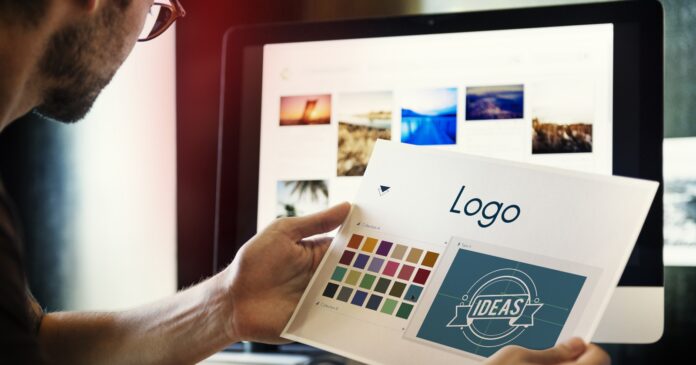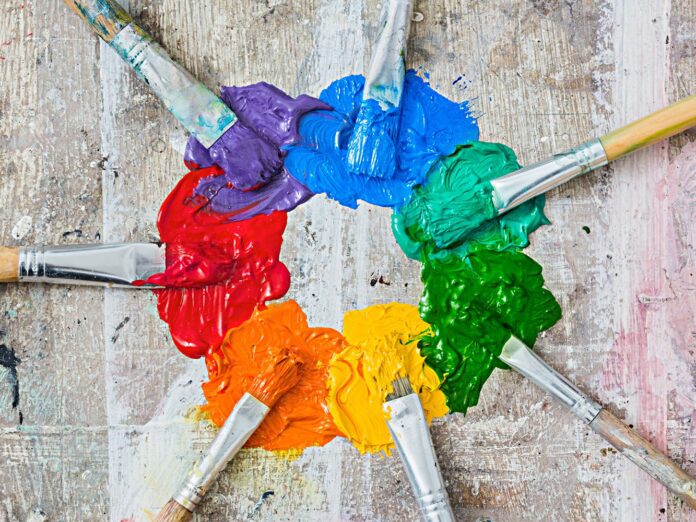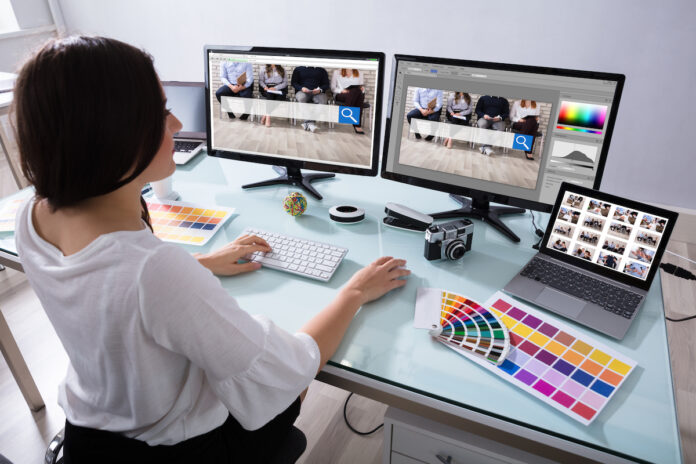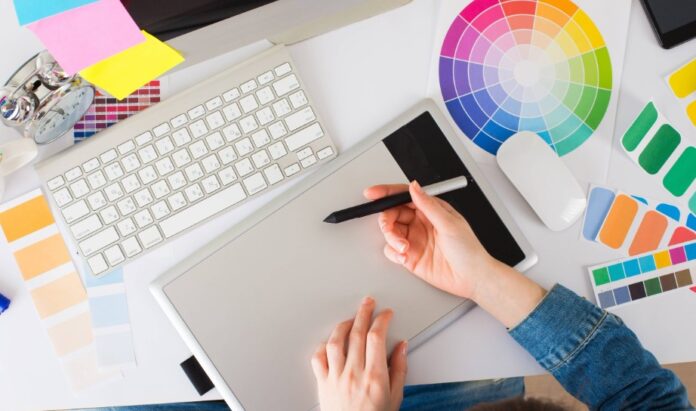
For many businesses, the process of creating a brand begins with picking colors and a logo to reflect the identity of their organization. Choosing your own brand colors instead of paying a designer isn’t a sin, but it’s also not easy. The color wheel and how it might help you limit your color selections are the next logical steps.
Using a color wheel, designers and marketers may pick the colors that will go into creating a logo and a sense of brand identity for their companies. You may use this color wheel to help you select a color palette that is most suited to your branding and marketing objectives.
An analogous or analogous color wheel is a visual representation of a color’s relationship to the other colors on the wheel in terms of complementary and analogous hues.
- Primary colors: The term “primary color” refers to a color that cannot be made by combining other colors. The primary colors are red, blue, and yellow.
- Secondary colors: Colors that can be created by mixing two primary colors are known as secondary colors. Green and purple are two of the three secondary colors that make up the color wheel.
- Tertiary colors: In order to create the tertiary hues, the primary and secondary colors must be mixed together.
- Complementary colors: Colors that are opposites on the color wheel are called complementary colors.
- Analogous colors: On a color wheel, colors that are similar to one another are near each other.

How can this benefit you and your business? Take a look at a color wheel if you can find one online. Find the color/hue you want to employ in your branding efforts on the wheel, and you’ll be on your way. Now, take a look at the four hues on the side. Those are complementary hues that look good together. Look at the color right opposite your first color. It’s a good combination of colors that will look good together.
The HEX and RGB codes for each color may be found on internet color wheels once you’ve made a pick. Make a list of the colors you use on your website, social media sites, and items so you don’t have to keep looking them up over and over again.
“All colors are the friends of their neighbors and the lovers of their opposites” as the legendary artist Marc Chagall once stated, and this is clearly evident when looking at the color wheel. Starting your company’s branding process by selecting complementary or analogous colors in a family that symbolizes your firm and the image you want to project is a good place to start.
But choosing colors is just one aspect of it. What about your actual logo? What’s your brand identity? Should you make your logo an exact image of what your product or service is? Or should you make it more abstract?
If you’re a makeup brand, should you make your logo lipstick? If you’re running a sports bar, should you make your logo a beer and football? Check out Gentingcasino.com to see what’s latest in the world of football.

Hiring a graphic designer and a brand designer may be your best bet if you’re a busy business owner or unsure of your graphic design abilities. These days, it’s easier than ever before to engage a professional brand designer. When searching for a brand designer, it is critical that you choose one that knows your vision and can implement it to your satisfaction. Finding a graphic designer or brand designer might be intimidating at first, especially if you don’t have any prior design skills of your own.
You can start searching for your graphic designer and brand designer on many different websites. You can start on Fivver, UpWork, and even LinkedIn. There are many graphic designers out there and they charge anywhere from $10 to $1000 for a full brand design.
What should you be on the lookout for? What do you need to know? If you don’t know the correct questions to ask, finding the perfect graphic designer for your company’s branding and other minor jobs can be intimidating.
Be sure to do an interview with any designer you’re considering, no matter how highly they’ve been recommended by a business acquaintance or a colleague. Make sure to include these three questions in your list of interview questions:
1. How much experience do they have?

Many graphic designers may charge less or provide a discount when they are first starting out as a method to get their feet wet and obtain some business. Although they may have a fundamental understanding of design concepts, can they demonstrate that they have successfully used those ideas for other clients?
Do you want to save money on the branding of your business? Is their portfolio in line with their response to this question? You should always look out for their internet portfolios before you even begin the interview process.
2. Are they capable? What are their examples and have they executed this successfully before?
Like wedding photographers, not all graphic designers are capable of creating corporate logos and other marketing materials.
Company branding may not be your best option if you’re looking for an eBook cover or website graphic designer. Because they don’t want to, not because they’re unable.
Alternatively, they may outsource some of their smaller projects to a third party. Having a designer that can work on a range of projects is always helpful, but be aware that the cost is likely to be greater. Furthermore, if you’re shelling out a lot of money, you ought to know who’s developing the things you require.

3. How do they do it?
It’s here that your potential designer will describe their process to you in detail. Once the initial draft is completed, how many revisions are allowed, and when do extra charges begin to accrue to the project?
However, keep in mind that the length of the timetable they provide will frequently be dependent on your ability to communicate effectively, provide timely feedback, and make prompt payment of your invoice.
When considering a service provider, never be hesitant to ask questions. Do your homework before entering into an outsourcing agreement since going into one blindly seldom ends well.
When it comes to the design process, the more clearly you can articulate what you want, the easier it will be.











